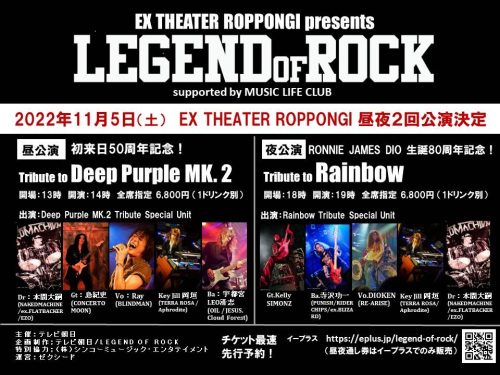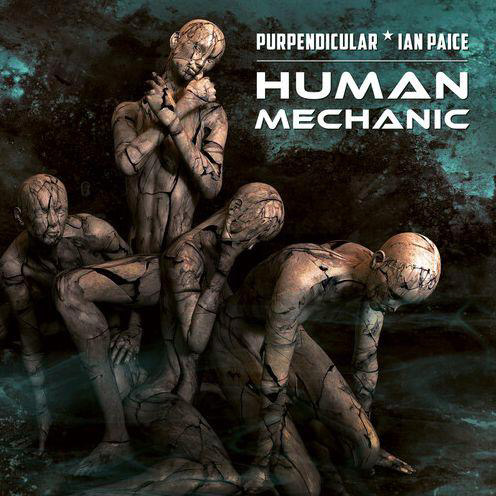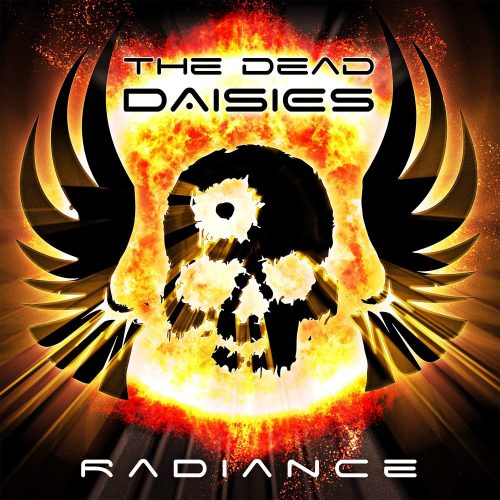What did you learn from playing behind Albert King?
I learned a lot about lead; learned that you don’t have to blow your cookies in the first bar.
At that time, I was playing everything I knew when I took a lead. And he said, “Man, just say it all with one note.”
He taught me that it was much harder to be simple than to be complicated during solos. If you blow your cookies in the first bar, you have nowhere to go.
Blues is really good that way. It teaches you to develop coherent solos, because the form you’re playing over is so basic. You have to develop leads that go someplace.
The neatest compliment I ever got was when I was playing with Albert King at an indoor concert in Boulder, Colorado. He used to let me take solos, and I was very into playing that day.
After the concert he came up to me and said, ” You got me today, but I’ll get you tomorrow.”
I really respect him. He’s a beautiful player.
Why all the interest in so many styles, and how did you handle them all?
They were just gigs that came up. I’d rather work than not. I was very lucky to be able to play in all those extremes.
It was difficult following a guy like Ritchie Blackmore. When someone is the focal point of a group like he was, it’s very hard to replace them. After a while, it just got to be pointless.
The way I got involved in jazz-rock was through a flute player named Jeremy Steig. He played on the second Zephyr album.
He showed me various jazz relationships and put them into a rock perspective, and then through him I met a lot of New York people like Cobham and [keyboardist] Jan Hammer.
Cobham called me for the Spectrum session, and I said, “I don’t know how to read, man.” He said it was okay.
So I went to the studio, and he handed me a chart. I told him again I didn’t again I didn’t know how to read, so we had a day of rehearsal, then cut the album in two days.
In rehearsal I’d just find out the changes – for example, Am to D9 to G6 to E13 – and play around those chords and changes.
I learned quite a bit through those people. You can’t help but learn. All the different styles I’ve played have really helped me as a guitarist and helped me develop my own way of playing.
I have my own style, but it’s different for each kind of music. There are certain little characteristic things every player has.
![[hand]](/hs-pics/portraits/hands/morse7.jpg)
![[face]](/hs-pics/portraits/faces/glover3.jpg)




 Unauthorized copying, while sometimes necessary, is never as good as the real thing
Unauthorized copying, while sometimes necessary, is never as good as the real thing